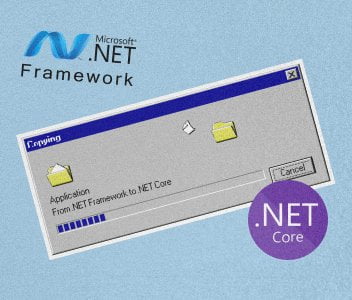Software migration is a perfect time to reorganize, thereby improving the system.
Firstly, our team evaluated and extracted the legacy business logic from the old application.
After that, we built a standalone Business Logic Layer (BLL) in .NET Core that encompasses the field-level and business-level logic for the application.
The process also involved moving out the logic for synchronizations jobs to the separate job.







